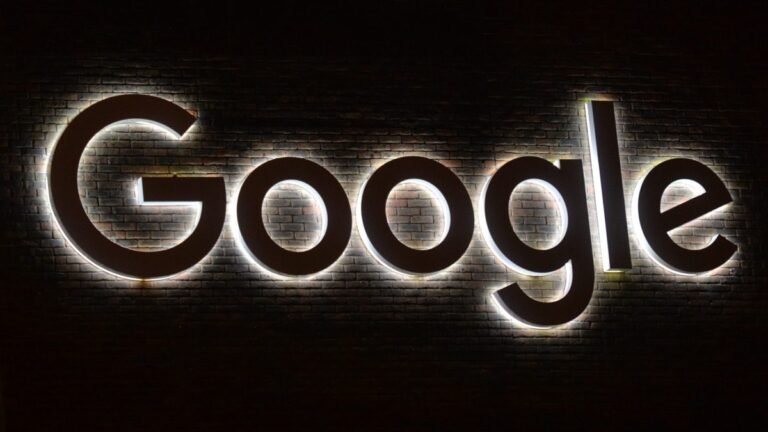
The affected divisions include voice-activated Google Assistant as part of the knowledge and information product team restructuring; and the Devices and Services PA (DSPA) team that manages Pixel, Nest, and Fitbit hardware.
Some teams are continuing to make these kinds of organizational changes, which include some role eliminations globally,” a Google spokesperson said in a statement.
The report also mentioned that Google will now have one core hardware engineering team instead of separate teams working on Pixel, Fitbit, and Nest.
Separately, the company has also let go of people working on the Google Assistant team, as reported by Semafor.
Last year, Google had rolling layoffs in different teams including the Waze mapping service in June, its recruiting team in September, and its news division in October.
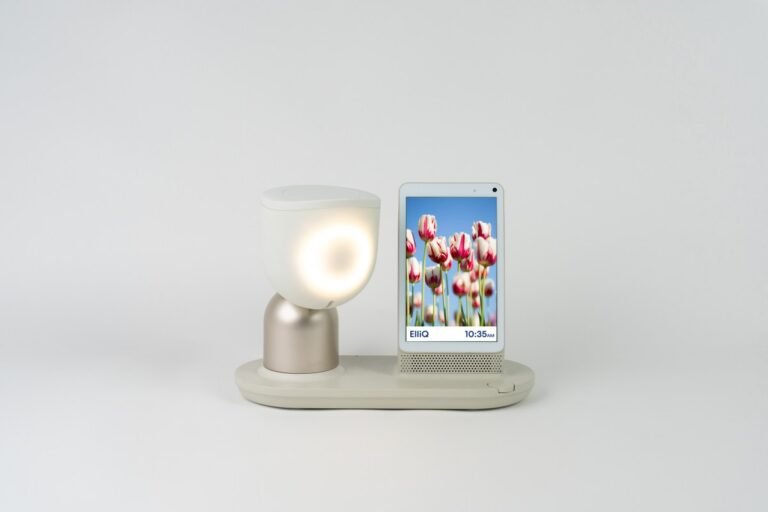
In some parts of the world (read: Japan, primarily), eldercare has been an important robotics focus for decades.
In Tel Aviv, meanwhile, Intuition Robotics has been promoting a “companion” robot since 2016 or so.
The latest version of the robot features design tweaks, more powerful hardware and — of course — generative AI integration.
The company is exploring other avenues with generative AI, as well here.
“One example is the ability to paint or write poems together, activities that contribute to cognitive wellness and creativity,” Intuition notes.
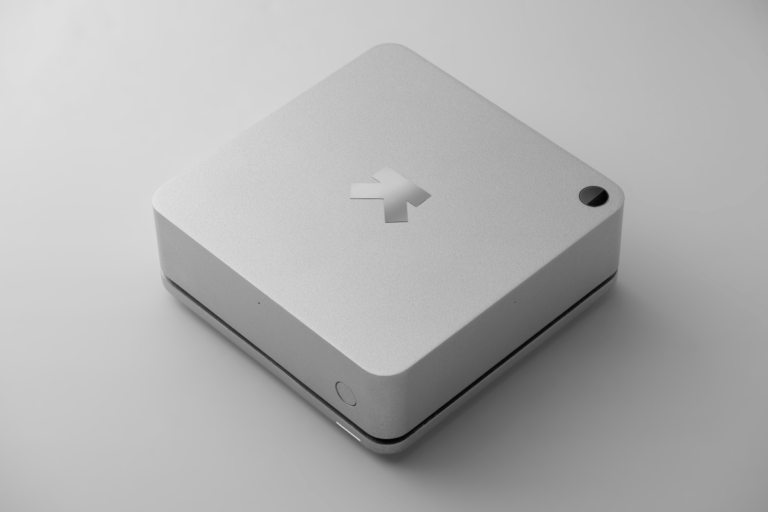
Indian wearable startup Ultrahuman is getting into the smart home game.
By capturing more data-points it can link to its smart ring users, Ultrahuman may be able to improve the accuracy of its algorithms — to give its personalized advice an edge over rivals.
The same is true with the Ultrahuman Home: There’s no subscription required for the service; just a one-off hardware purchase.
Since the launch of the Ultrahuman Ring Air, its sleeker second gen smart ring which we reviewed last summer, momentum has been growing, with sales exceeding 10,000 units last month, per Kumar.
There is also a hardware button on the device that will let users switch off the mic when they wish.

Personal translation devices have had a hugely transformative decade.
It’s easy to imagine a time in the not-so-distance future when real-time, in-person smartphone translation is a ubiquitous commodity.
For in-person meetings, two devices are touched together to initiate conversation translation.
Remote users dial into the phone number associated with the product to access its translation capabilities.
The Timekettle X1 is available online starting today, priced at $699.

LG will also feature updates on home, mobility and, you guessed it, AI in its CES event.
ETPanasonic is leading with their energy and climate policies, in a break from the other companies keeping a big focus on AI reveals.
As has been the case for several years, Samsung will focus on the rest of their product lines at CES 2024.
Sony has highlighted the use of its technology within its film and gaming efforts at past CES events, and by focusing on “Powering Creativity with Technology,” that looks to be the same at CES 2024.
ETHonda’s been pretty clear about what to expect from its CES event this year: the reveal of a new EV series, complete with a purple-tinted tease of its form factor.

So it’s no surprise Nvidia promises a focus on AI and content creation during their kickoff address at CES.
LG will also feature updates on home, mobility and, you guessed it, AI in its CES event.
ETPanasonic is leading with their energy and climate policies, in a break from the other companies keeping a big focus on AI reveals.
ETHonda’s been pretty clear about what to expect from its CES event this year: the reveal of a new EV series, complete with a purple-tinted tease of its form factor.
As has been the case for several years, Samsung will focus on the rest of their product lines at CES 2024.
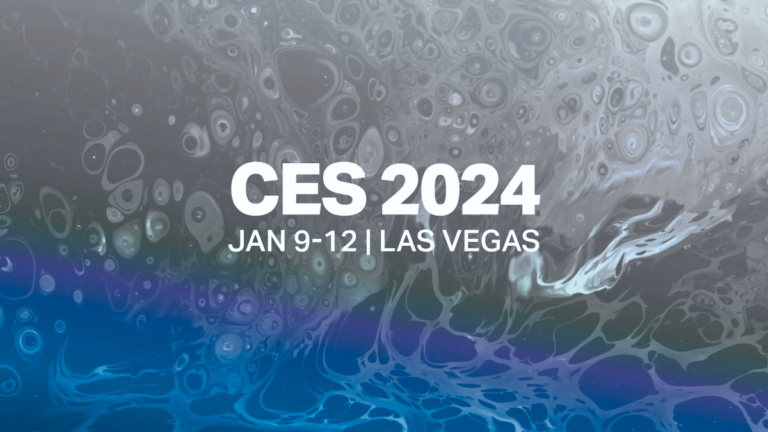
CES 2024: Follow along with TechCrunch’s coverage from Las Vegas TechCrunch will be on the ground at CES 2024 in Las Vegas for innovations in hardware, transportation, AI and everything in betweenCES 2024 is almost upon us, and a team of TechCrunch reporters and experts will be on the ground in Las Vegas to give you the biggest news out of the consumer electronics show.
To help you keep tabs on those, we’ve put together all the ways to watch live on press day here.
Here’s how to follow along with TechCrunch reporters at this year’s conference.
Hardware Editor Brian Heater will cover up and coming hardware startups, in addition to innovations in robotics, hardware and AI.
And if you’re really old-school in your news consumption, you can bookmark our CES 2024 page so you don’t miss out on every update.
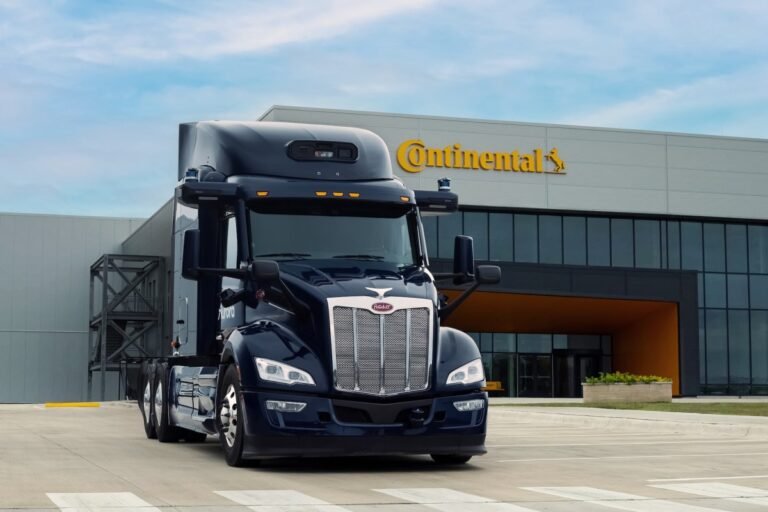
Aurora and automotive supplier Continental have wrapped up the first phase of a more than $300 million project to mass produce autonomous vehicle hardware for commercial self-driving trucks.
The two companies said Friday that the design and system architecture of an autonomous vehicle hardware kit is now complete.
Importantly, the hardware system has to be reliable, easy to maintain and produced cheaply.
Initially, these driverless trucks will carry freight between Dallas and Houston, a route the company has been using for testing.
While these first 19 driverless trucks won’t be equipped with the Aurora-Continental hardware kit, they are designed to automotive standards and to operate safely without a driver, according to Aurora spokesperson Rachel Chibidakis.

So it’s no surprise Nvidia promises a focus on AI and content creation during their kickoff address at CES.
LG will also feature updates on home, mobility and, you guessed it, AI in its CES event.
As has been the case for several years, Samsung will focus on the rest of their product lines at CES 2024.
Samsung has already revealed some AI applications in the kitchen and in its updated robot vacuum lineup, with more expected from its CES event being livestreamed via their newsroom site.
Sony has highlighted the use of its technology within its film and gaming efforts at past CES events, and by focusing on “Powering Creativity with Technology,” that looks to be the same at CES 2024.
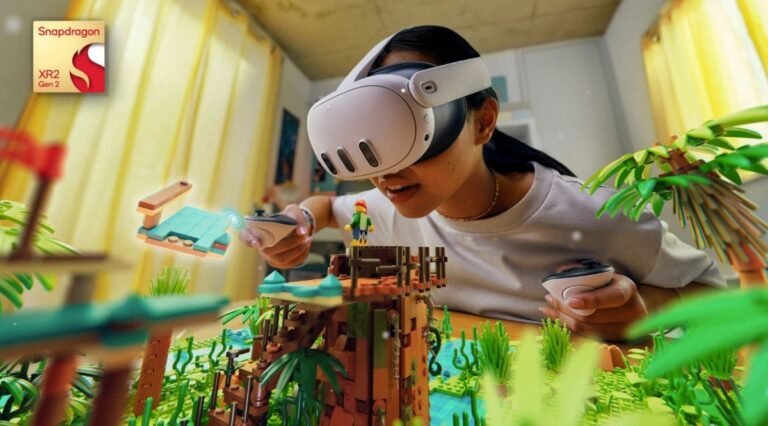
Just ahead of CES, Qualcomm today announced the next generation of its Snapdragon XR platform, the aptly named XR2+ Gen 2.
These include the Snapdragon AR chips, which, for example, power the Meta/Ray-Ban smart glasses.
The line-up is a bit complicated, with the AR1 Gen 1 meant for smart glasses without a screen, the AR2 Gen 1 chips for AR-enabled smart glasses, as well as the XR1 and XR2 chips.
The XR2+ Gen 2 is the new flagship of the series, besting the previously-released non-plus XR2 Gen 2, which “only” provided a 3k resolution.
“Snapdragon XR2+ Gen 2 unlocks 4.3K resolution which will take XR productivity and entertainment to the next level by bringing spectacularly clear visuals to use cases such as room-scale screens, life-size overlays and virtual desktops,” said Hugo Swart, vice president and general manager of XR at Qualcomm.













